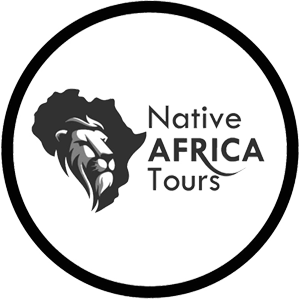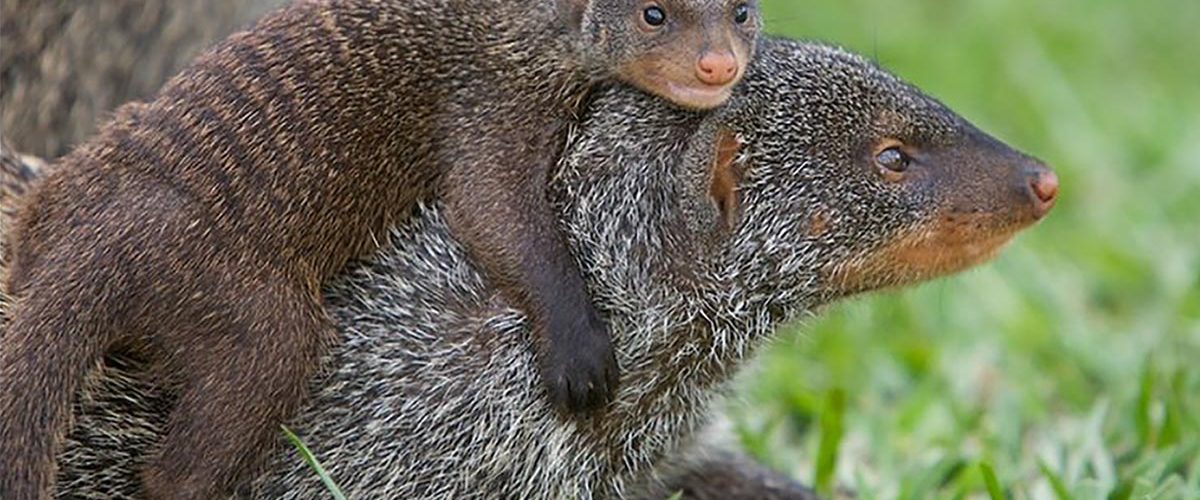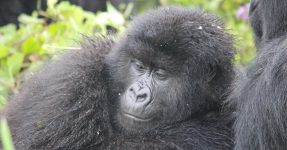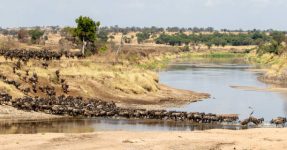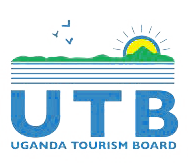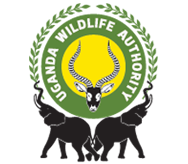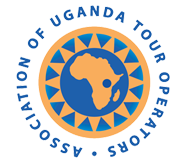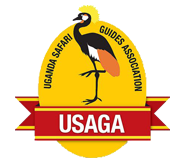Endangered Species in Queen Elizabeth National Park. Endangered species are the species that are on the verge of extinction in their habitat due to environmental factors. These environmental factors are both man-made and environmental. Queen Elizabeth National Park is one of the safari destinations in Uganda with several endangered species. Some of the endangered species in Queen Elizabeth National Park are restricted to the Rift Valley region. Tourists can only see these species in East Africa but not in any other parts of the world.
Queen Elizabeth National Park is located in western Uganda overlooking the Rwenzori Mountains. Additionally, the park is the second largest in Uganda. It is Uganda’s most popular safari destination in Uganda. Queen Elizabeth National Park was started in 1952 as Kazinga National Park. Later on, the park was named Queen Elizabeth after the visit of Queen Elizabeth the second-largest. This park is within western Uganda at the border of Uganda and the Democratic Republic of Congo. Additionally, it is one of the most popular and most visited parks in Uganda.
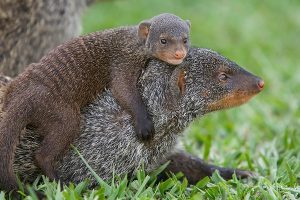
List of endangered species in Queen Elizabeth National Park
Nothing is exciting more than seeing endangered species in Queen Elizabeth National Park. If you plan a trip to this park, our guides will ensure that you meet at least one of the endangered species. Below are some of the endangered species in Queen Elizabeth National Park.
Lions (Panthera leo)
There are several prides of lions in Queen Elizabeth National Park and these are considered endangered species in the park. Unlike any other destination in Uganda, lions in Queen Elizabeth National Park are unique. They climb trees. Tree-climbing lions are found in the southern sector of the park known as the Ishasha Sector. The tree-climbing lions in this park are so distinctive from other types of lions in Uganda. Imagine watching these kings of the jungle on a game drive in Queen Elizabeth National Park! They can also be spotted in the Kasenyi sector of the park.
Leopard (Panthera pardus)
Leopards are nocturnal and shy species that are rarely seen in broad daylight. They are among the endangered species in Queen Elizabeth National Park that travelers on their Uganda safaris can encounter. Leopards are part of the cat family which is predominantly known for hunting small wildlife in the park. They are seen sleeping in the branches of acacia trees in the park.
Mongoose (Herpestidae)
Mongoose are mammals that travelers usually encounter on their safaris to Queen Elizabeth National Park. These species are usually spotted in areas around Mweya Peninsular. They are social creatures living in families. Mongoose are divided into two types. Firstly, a banded dwarf mongoose is about 7 to 10 inches. Secondly, a banded Mongoose is about 12 to 16 inches in length. Mongoose tracking is one of the best safari activities done in Queen Elizabeth National Park.
Chimpanzee (Pan troglodytes)
Chimpanzees are large primates that are also an endangered species in Queen Elizabeth National Park. These primates are seen in Kyambura Gorge. Chimpanzee tracking in Kyambura Gorge can easily be combined with a game drive in Queen Elizabeth National Park. The other small primates spotted in Queen Elizabeth National Park include; black and white colobus monkeys, red-tailed monkeys, and blue monkeys.
Elephant (Loxodonta africana)
Elephants are one of the largest mammals and endangered species in Queen Elizabeth National Park. They belong to the African elephant species group and they weigh about 2000 to 3000 kilograms. They are usually seen in the park in several herds and they are one of the endangered species in the park.
Flamingo (Phoenicopterus chilensis)
These bird species are seen in the park at the lake Munyanyange and they are one of the bird species that are endangered and affected by human conflicts.
Monitor lizard (Varanus bengalensis)
Part of the lizard family, they belong to the reptile group and they are large and bigger than the normal lizards. These are excellent tree climbers and they are usually seen at the Kazinga channel in the Queen Elizabeth National Park.
Activities to do and see endangered species in Queen Elizabeth National Park
While in the park, there are several activities that travelers on their Uganda safaris engage in and some of these include;
Game drive
It is among the key activities that travelers on their safaris engage in to see the wildlife that is endangered. It is done on the different trails of the park where travelers have a view of the wildlife like the tree-climbing lions, lions, elephants, buffaloes, and many others. To have a view of the wildlife in the park, travelers are supposed to engage in the several trails of the park are supposed to use pop-up safari vans. It is done in the morning, afternoon, and evening sessions.
Boat cruise
The boat cruise is another activity that travelers on their safaris can engage in during the search for several wildlife that are endangered. It is carried out on the Kazinga Channel and the Mweya Peninsular and the wildlife that is usually seen during the boat cruise includes elephants, buffaloes, monitor lizards, and many others.
Chimpanzee trekking
This activity is done in the Kyambura gorge within the park. The tracking of the chimpanzee starts with the briefing about the chimpanzee trekking at the Kyambura ranger post in the park where travelers are highlighted the dos and don’ts of the activity. It takes about 2 to 4 hours of the day and travelers have one hour to view the chimpanzee. This chimpanzee trekking is done in two sessions which include the morning session and the afternoon session.
Tracking the chimpanzee in the park requires travelers to have a chimpanzee trekking permit. The permit in this park costs about 100 USD for foreign nonresidents, 50 USD for foreign residents, and 500,00UGX for East African residents. As travelers plan to track the chimpanzee, they are also supposed to pay for the park entrance fees that are separate from the permit.
Mongoose tracking
Travelers plan to see the endangered species in the park like the Mongoose are supposed to engage in mongoose tracking. The activity lasts about 1 to 3 hours. The tracking permit of the Mongoose costs about 30 USD for the foreign nonresidents, 25 USD for the foreign residents, and 30000 UGX for the east African residents. The activity also requires travelers to pay for the park entrance which is usually paid in the Katwe Kabatooro gate.
Threats facing endangered species in Queen Elizabeth National Park
Several factors make some species endangered in the park and some of these include;
Human conflicts where usually encroach on the land of the park for agriculture and also attacks from the wildlife. Some of these wildlife are killed due to the conflicts.
Climatic change also affects the wildlife during reproduction and lack of enough food in the habitats.
Diseases like anthrax affect several wildlife in the park like elephants, chimpanzees, and many others.
